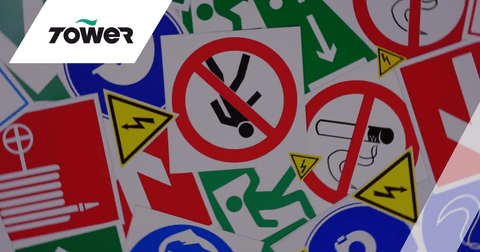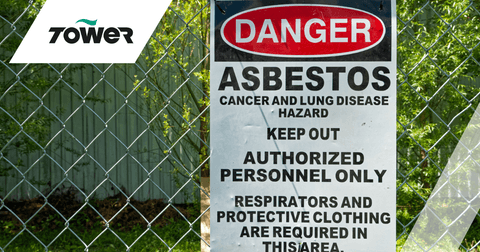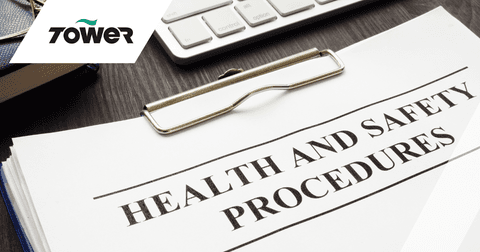
The 1980s were a time when health and safety regulations were significantly less robust than they are today. While some safety measures were in place, they were often not as comprehensive or strictly enforced as they are now. One of the most significant turning points in UK health and safety legislation occurred in 1974 with the introduction of the Health and Safety at Work Act. However, it wasn't until the following decades that the Act's principles were fully integrated into workplace practices.
Since then, there has been a continuous effort to improve and update safety standards. The introduction of various regulations and guidelines in subsequent years has helped to shape the modern safety landscape. The Management of Health and Safety at Work Regulations 1999 and the Control of Substances Hazardous to Health Regulations 2002 (COSHH) are just a few examples of crucial regulations that have had a profound impact on health and safety in the UK.

Looking back, some of the practices that were deemed acceptable in the 1980s may raise eyebrows today. For instance, smoking was not only allowed but common in workplaces, restaurants, and even on public transportation. Non-smokers had little protection from secondhand smoke, and the dangers of passive smoking were not fully recognised.
Moreover, personal protective equipment (PPE) was not as rigorously enforced as it is today. Workers in hazardous environments often lacked proper protective gear, and safety measures were not adequately implemented. This led to higher rates of accidents and injuries in workplaces across various industries, as well as long-term health problems that the older generation are still coping with today.
Additionally, the use of hazardous materials like asbestos was widespread, particularly in construction and insulation materials. The health risks associated with asbestos exposure were not as widely understood as they are today, resulting in significant health consequences for those exposed during that time.

Thankfully, the UK has come a long way in ensuring the safety of its workers and the public. Today, the focus on health and safety is unwavering, and best practices have been established to create safer environments.
The UK's health and safety regulations are continually evolving to address emerging risks and challenges. Companies are now legally obligated to implement comprehensive health and safety policies, conduct risk assessments, and provide adequate training for employees.
Emphasis on Mental Health
Beyond physical safety, there is now an increasing recognition of mental health in the workplace. Employers are encouraged to promote wellbeing and provide support for employees' mental health.
Improved PPE Standards
The use of personal protective equipment has become standard practice in many industries. Stricter regulations ensure that workers have access to proper PPE and are trained in its correct usage.
Technological Advancements
Technology has played a significant role in improving safety practices. Automation and robotics have reduced the need for humans to perform hazardous tasks, and data-driven safety measures have led to better risk assessments and incident prevention.
Focus on Work-Life Balance
Companies now recognise the importance of work-life balance in maintaining a safe and healthy workforce. Flexible working arrangements and better time management contribute to reduced stress and fatigue-related accidents.
The evolution, and revolution in health and safety since the 1980s has been remarkable. From lax regulations and jaw-droppingly dangerous practices, the focus on health and safety has never been stronger (luckily). As we move forward into the next 40 years, we at Tower believe that it is crucial to continue evolving, innovating, and embracing the latest advancements to build safer and healthier workplaces for all.
If you're looking for best practice health and safety solutions from an award-winning provider for now, and the future, get in touch with Tower today.